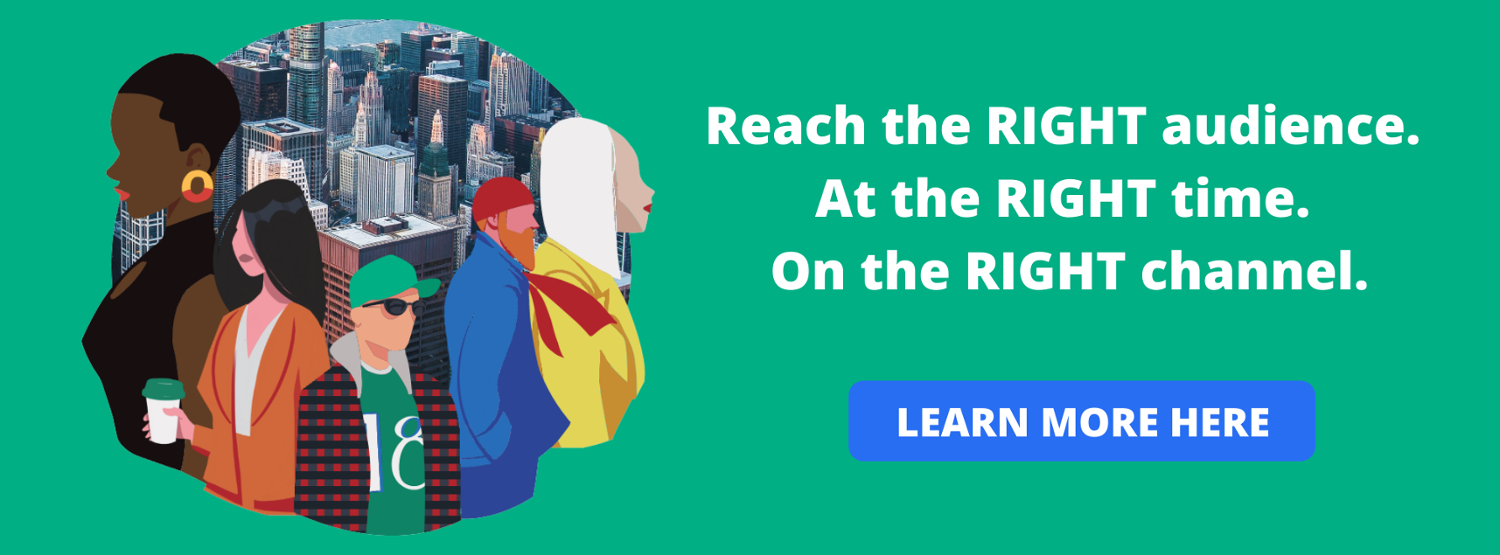It’s no surprise: the Internet has an ugly ads problem. In fact, over a quarter of US consumers use ad blockers, and 47% of them do so because their ads are annoying or irrelevant.
And when a cheeky media company makes the news for swapping ugly digital ads with pretty, personalized photos — well, you know there’s an issue. As Adweek recently reported, “we’ve (unfortunately) entered an age of ugly social media ads.”
This doesn’t bode well for publishers who are trying to monetize their content, especially after losing ad revenue during the pandemic.
In this article, we’re breaking down 5 actionable strategies you can use to avoid showing ugly ads and keep audiences happy.
TL;DR — check out this video!
The tough way
The most fool-proof way to avoid showing ugly ads before publishing is to have a dedicated, in-house team that can vet and pre-approve all ad images, copy, and landings submitted by each advertiser. The problem is: that takes a lot of time, resources, and headache — draining budget and preventing you from reaching consumers with relevant messaging in real-time.
Still, let’s say you have a huge in-house team that can get all of this done at lightning speed. Even then, they can’t guarantee the advertiser might switch out an approved landing page for another non-compliant one, skirting past the publisher’s wishes.
Long story short, this isn’t the most viable option.
The easy way(s) to avoid showing ugly ads
If you’re a publisher that allows numerous demand sources to buy your inventory, use these 5 tips to avoid showing ugly ads and improve engagement.
1. Designate your ad sizes
As a publisher, you should decide ahead of time which ad units and sizes will be available on your monetized pages. This way, demand sources can match your established criteria instead of the other way around.
Digital publisher Jungo Labs, for instance, started working with Jeeng to monetize its Triviasmarts.com emails with different ad units. They also added display and native ad units to their website, engaging users while they take quizzes. As a result, Jungo Labs generated a 200% increase in revenue, 80% increase in CPM, and 150,000 new unique users.
Consult the Interactive Advertising Bureau (IAB)’s standard ad units for approved sizes. And use our guide for choosing the right ad format to see which sizes work best for different ad types.
2. Filter ads based on content and category
Work with your demand sources to set filters for ads based on content (text or image) and/or category. You can also open a discussion about your brand safety preferences and which types of ads you’d like to avoid showing. If any ads slip through the cracks of these filters, you also want to make sure your demand sources are equipped to address those blind spots right away.
You can use your first-party data to guide these decisions. After all, it tells you what you need to know about audience interests, behaviors, and preferences. Set parameters based off of this data so audiences only see ads that are relevant to them. As SmarterHQ found, 72% of consumers will only engage with personalized marketing messages.
3. Use ads alongside content — not as content
There are few things more annoying than trying to access an article or video only to be presented with an annoying, low-quality ad. That’s why it’s important to incorporate relevant ads alongside content instead of as the content itself.
Media company 10 Missions, for example, worked with Jeeng to automate and customize email ads for over 300,000 subscribers. With Jeeng, the publisher could deliver personalized and localized ads (based on subscriber history) without manually hardcoding every email. All it takes is one line of code in the email template.
And the best part? Zero subscriber complaints or issues in response to any ads.
4. Avoid incentivized ad mechanisms
Incentivized advertising can be controversial. It rewards people with something (such as a discount or offer) in exchange for completing an action (such as subscribing or viewing a video ad).
As a result, it can drive a lot of engagement (27% more, in fact) but it can also yield a high churn rate.
Why?
People aren’t engaging because they’re interested in your content or product; they’re engaging because they want that reward.
5. Work with trustworthy partners
Work with long-standing, known, and recommended demand partners as your base for monetization. They should be with you every step of the way, ensuring you show only the most relevant and high-quality ads.
You’ll want to work with a demand partner that is able (and allows you) to choose the categories, tags, and keywords you want to black/whitelist, while taking into consideration that the more blacklisting the lower diversity in demand, which is also a factor that affects revenues.
That’s where Jeeng comes in. With our multichannel messaging solution, publishers can monetize their emails, websites, and push notifications with brand-safe, personalized ads — all from one, trusted platform. Jeeng AdServe even integrates directly with your web ad platform, like Google Ad Manager, to provide audiences to leverage your existing creative and ensure no ad slot goes unfilled.
Real estate publisher The Real Deal, for instance, was dealing with issues where ads and gifs weren’t displaying properly, and images weren’t fitting the right aspect ratio. Once they started working with Jeeng, those problems went away. Now they work with consistent ad specs for an easy, automated process.
Ready to avoid showing ugly ads with a multichannel messaging solution? Reach out today to learn more.




